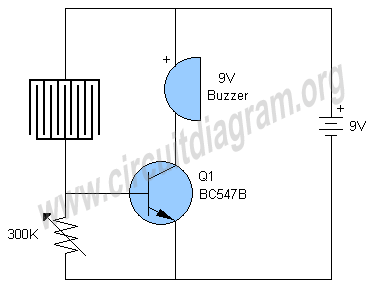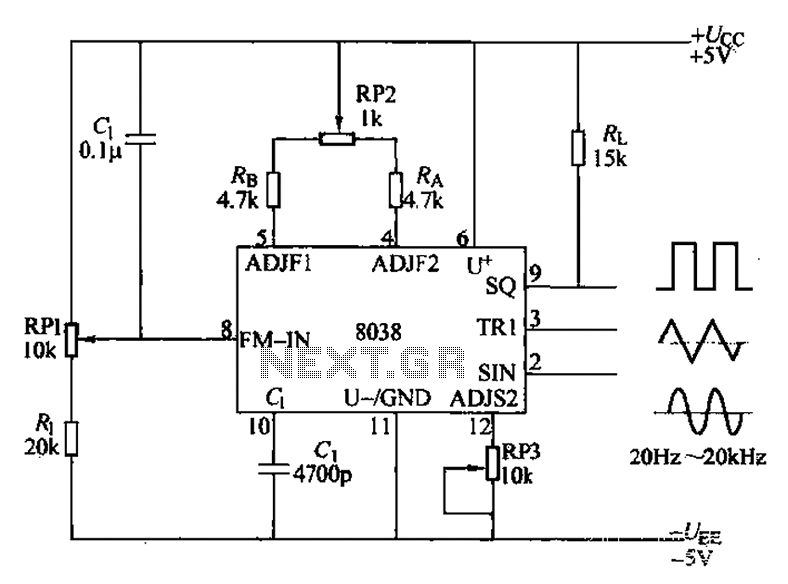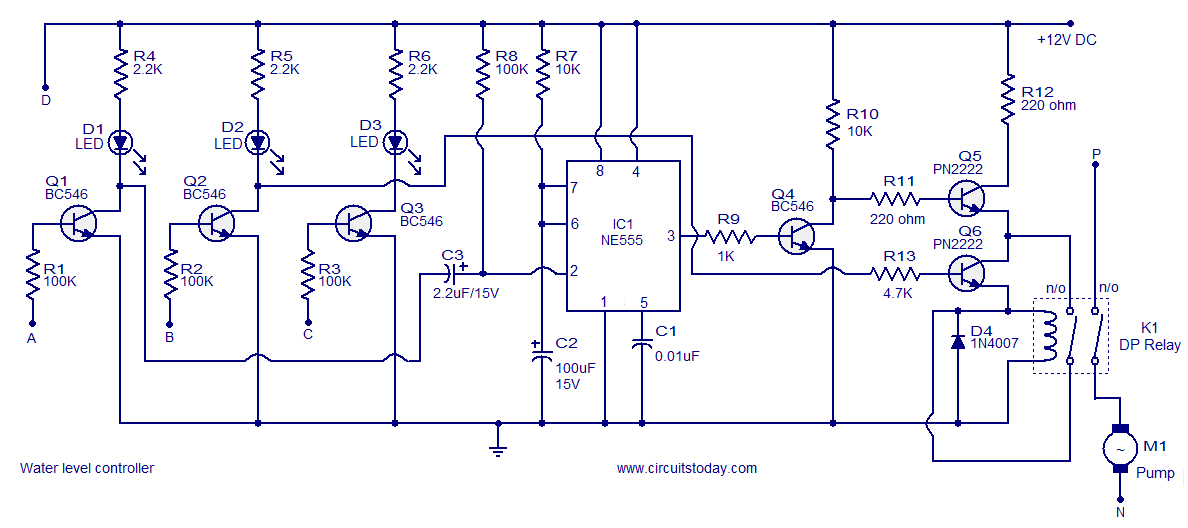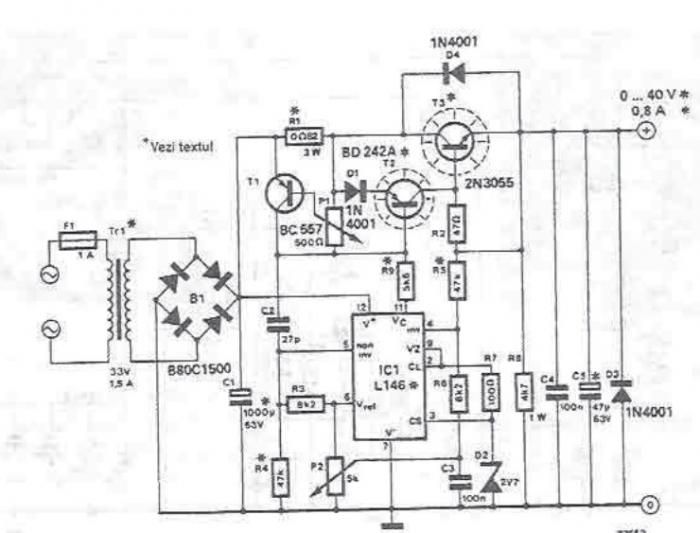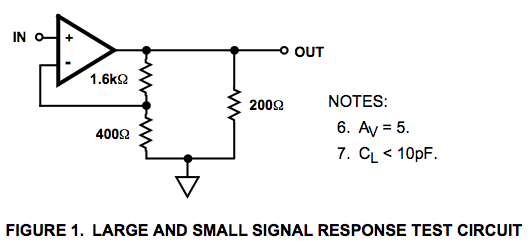
Talk Over Circuit
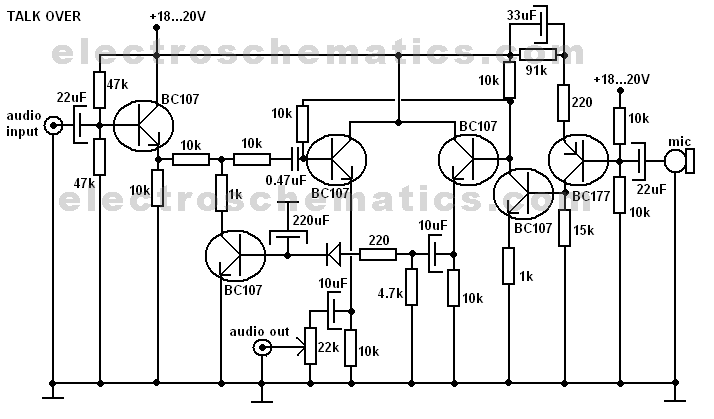
A very useful talk-over circuit that can be utilized in radio stations, clubs, or any location where speaking over music is desired without the need for adjusting a potentiometer.
The talk-over circuit is designed to automatically reduce the volume of background music when a microphone input is detected, allowing for clear communication without manual volume adjustments. This circuit typically employs a compressor or an automatic gain control (AGC) mechanism to achieve the desired effect.
The basic components of a talk-over circuit include a microphone preamplifier, a comparator, and a variable resistor or digital control for the music signal. The microphone preamplifier amplifies the audio signal from the microphone, ensuring that it is strong enough to trigger the subsequent components.
The comparator monitors the amplitude of the microphone signal relative to the music signal. When the microphone signal exceeds a certain threshold, the comparator sends a control signal to reduce the music volume. This can be achieved by using a voltage-controlled amplifier (VCA) or a relay that adjusts the music signal path.
The circuit may also incorporate additional features such as adjustable sensitivity and response time to fine-tune the operation according to the specific application. For instance, a longer response time can create a smoother transition between music and speech, while adjustable sensitivity allows for customization based on the ambient noise levels.
Power supply considerations are also important, as the circuit may require a stable voltage source to function correctly. It is common to use a dual power supply configuration to accommodate both the analog and digital components of the circuit.
In summary, the talk-over circuit is an essential tool for environments where clear audio communication is necessary over background music, providing an automated solution that enhances user experience without manual intervention.A very usefull talk over circuit which you can use in your radio stations, club or anywhere you want to speak over music without any movement of potentiome.. 🔗 External reference
The talk-over circuit is designed to automatically reduce the volume of background music when a microphone input is detected, allowing for clear communication without manual volume adjustments. This circuit typically employs a compressor or an automatic gain control (AGC) mechanism to achieve the desired effect.
The basic components of a talk-over circuit include a microphone preamplifier, a comparator, and a variable resistor or digital control for the music signal. The microphone preamplifier amplifies the audio signal from the microphone, ensuring that it is strong enough to trigger the subsequent components.
The comparator monitors the amplitude of the microphone signal relative to the music signal. When the microphone signal exceeds a certain threshold, the comparator sends a control signal to reduce the music volume. This can be achieved by using a voltage-controlled amplifier (VCA) or a relay that adjusts the music signal path.
The circuit may also incorporate additional features such as adjustable sensitivity and response time to fine-tune the operation according to the specific application. For instance, a longer response time can create a smoother transition between music and speech, while adjustable sensitivity allows for customization based on the ambient noise levels.
Power supply considerations are also important, as the circuit may require a stable voltage source to function correctly. It is common to use a dual power supply configuration to accommodate both the analog and digital components of the circuit.
In summary, the talk-over circuit is an essential tool for environments where clear audio communication is necessary over background music, providing an automated solution that enhances user experience without manual intervention.A very usefull talk over circuit which you can use in your radio stations, club or anywhere you want to speak over music without any movement of potentiome.. 🔗 External reference
